Hanoi Capital Overview
Hanoi, capital of the Socialist Republic of Vietnam, is different thing to different people but in general it is the city of lakes, shaded boulevards, and verdant public parks.The site where Hanoi stands now has been inhabited since the Neolithic period. Emperor Ly Thai To moved his capital here in 1010 AD. Over the centuries, Hanoi had been in variety of names, like Thang Long, Dong Do, Dong Kinh, before officially called Hanoi by Emperor Minh Mang in 1831. Hanoi was proclaimed the capital of Vietnam after the August Revolution of 1945. During the American War, US bombing destroyed parts of Hanoi but almost all the damage has since been repaired.Hanoi of today is dramatically different from what it was just few years ago and attitudes to Hanoi have been changed remarkably fast. The foreigners now looking at Hanoi with enthusiasm and they have returned as tourist, student, business travelers, students.... Now Hanoi and the rest of the North has great potential to develop export oriented manufacturing industries in general and tourist industry in particular with many places and monument for foreigner to visit.
Ha Tay is in the Song Hong delta with diversified figures of terrain including hills, mountains and delta. This feature affects to variety of climates in delta and mountainous areas. Lying on the west of Hanoi, Ha Tay is in the third rank of destination for historical relicts as well as traditional cultural performance.
Short Introduction
Longitude: 105°15'- 106° 03' east
Latitude: 20°25' - 21° 23' north
Square: 3,328.9 Km2
Population: 8,054 millions (2019)
Average temperature: 17°C in winter and 29.2°Csummer
Annual average raining level: 1,800 mm
Administrative map includes 12 inner districts and 8 outside districts
Area phone code: (0) 24
Minority: Viet, Muong, Dao...





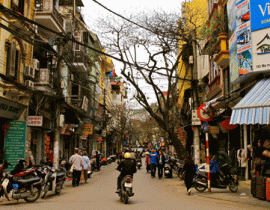

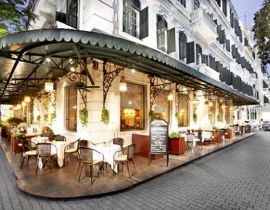
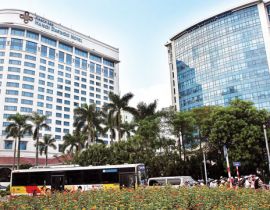


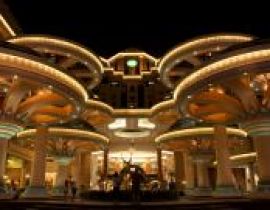



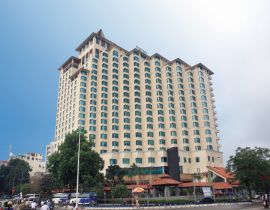




























.jpg)